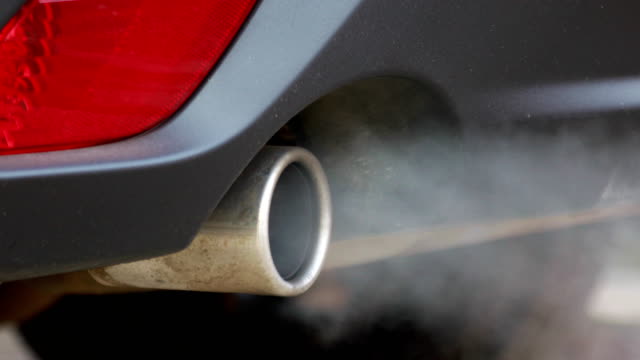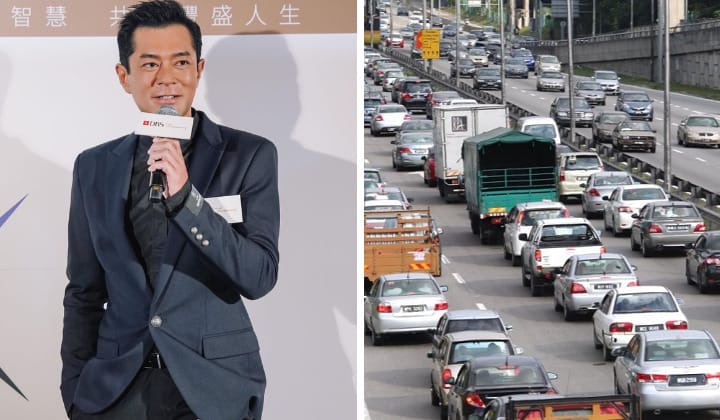EV Cars Or Fuel Powered Cars? Which Is The Best Fit For Malaysians
There are many advantages and disadvantages in using an EV car.

Subscribe to our FREE Newsletter, or Telegram and WhatsApp channels for the latest stories and updates.
In the world of cars, electric vehicles cars (EV cars) have made a huge impression since it was launched and became popular a few years ago.
Many car manufacturers, such as Mercedes Benz and BMW, have jumped on the bandwagon of manufacturing and producing EV cars.

Pic Credit: iStock Images
Many countries, including Malaysia, have also jumped on the bandwagon and are pushing their own EV car industry to ensure that people shift from fuel-powered cars to EV cars.
However, the biggest question here is whether EV cars are the best choice and fit for Malaysia.
Advantages Of EV Cars
EV cars’ biggest advantage is that they do not produce emissions on the road like fuel-powered cars.
The EPA employs a model known as the Greenhouse Gases, Regulated Emissions, and Energy Use in Transportation (GREET) model, created by Argonne National Laboratories, to assess variations in carbon emissions from each kind of automobile.
Reuters conducted a comparison between a 33 miles per gallon (MPG) Toyota Corolla and a 54 kilowatthour (kWh) Tesla 3 using the full model.
The second advantage of EV cars is the fuel cost saving. Petrol was always a significant expenditure for fleet owners, even before the current events that led to the spike in gasoline prices.

Pic Credit: iStock Images
In ten years, EVs should be as affordable as internal combustion engine (ICE) cars thanks to technological advancements, more competition, and increased availability of renewable energy sources.
To further reduce expenses, many EV owners also put solar panels on their homes to charge their cars.
Next is the maintenance. Maintenance is a cost that users have to endure as long as they drive fuel-powered cars.
Compared to internal combustion engines, which require routine oil changes and tune-ups, electric vehicles (EVs) require less maintenance. Moreover, EVs are known for having long-lasting batteries that are expected to outlive the cars themselves.

Pic Credit: iStock Images
EV cars also help with noise pollution; they do not produce any sounds while driving like any other fuel-powered car.
While most gas-powered vehicles are manual or automatic, all-electric cars are automatic. The typical issue of stalling with manual automobiles won’t affect you.
Ordinary automobiles lose kinetic energy when they brake because they emit frictional heat throughout the process. Instead of stopping, the energy that is produced in electric automobiles is used to charge the batteries.
Disadvantages Of EV Cars
While many advantages are accompanied by EV cars there are also some disadvantages in EV cars.
The biggest disadvantage of EV cars is the upfront cost. In Malaysia, the floor price of an EV car is not less than RM 100,000. Compared to fuel-priced upfront cars, this is considered very expensive for normal Malaysians, especially for those in the B40 category.
The next disadvantage is that, although EV cars do not produce emissions while on the road, they do produce a lot of emissions while being manufactured.
Over one-third of the CO2 emissions produced throughout the life of a single car come from this manufacturing process alone.

Pic Credit: iStock Images
Increased research and studies are also being done on the usage of recycled batteries to make electric vehicles (EVs) a more viable option than fossil fuel-powered vehicles.
It is important to acknowledge that battery recycling remains rather costly and may require some time to become more accessible.
Another disadvantage is that there are few charging stations around Malaysia compared to other countries like Europe and China.
Although the government has made efforts to increase the number of charging stations all over the country, it might still take some time to provide as many charging stations as are needed for EV cars in Malaysia.

Pic Credit: iStock Images
Not every auto repair business has experience maintaining electric vehicles. Even though they require less upkeep, electric automobiles still need to be serviced frequently. Sending it to your electric car’s official service shop is your best option.

Pic Credit: iStock Images
An electric automobile may take up to eight hours to fully charge from a standard home charger, unlike petrol cars, which may do so in less than ten minutes.
Even while some direct current (DC) fast-charging stations claim to take 30 minutes (zero to 80%), this is still a lengthy time compared to pumping gas. For this reason, you should carefully arrange your route in case your car’s battery dies

Pic Credit: iStock Images
Solution
After considering all the disadvantages and advantages of EV cars, the logical conclusion is that EV cars are not the best fit for Malaysian car usage at the moment, infrastructure-wise.
However, fuel-powered cars are also not the best solution as they have too many disadvantages to the environment and to the Malaysians’ pockets in the form of fuel prices.
Thus, the best solution at the moment would be plugged-in hybrid cars as they have both battery-powered sources and combustion engines, which gives the people a choice to use either one of them to drive the car.
For example, the battery source in the plugged-in hybrid car can be used for short drives, such as to the store nearby or to run errands.
Furthermore, plugged-in and ICE cars these days come with a start-stop system where the system reduces the time the internal combustion engine is left running, lowering fuel consumption and emissions.

Pic Credit: iStock Images
It does this by automatically shutting down and restarting the engine. This is especially helpful for cars that often halt in traffic jams or spend a lot of time waiting at traffic signals.
Therefore, as stated above, the current best fit for Malaysians is plugged-in hybrid cars. However, it can be expensive, especially for battery maintenance after the warranty ends.
Share your thoughts with us via TRP’s Facebook, Twitter, Instagram, or Threads.


